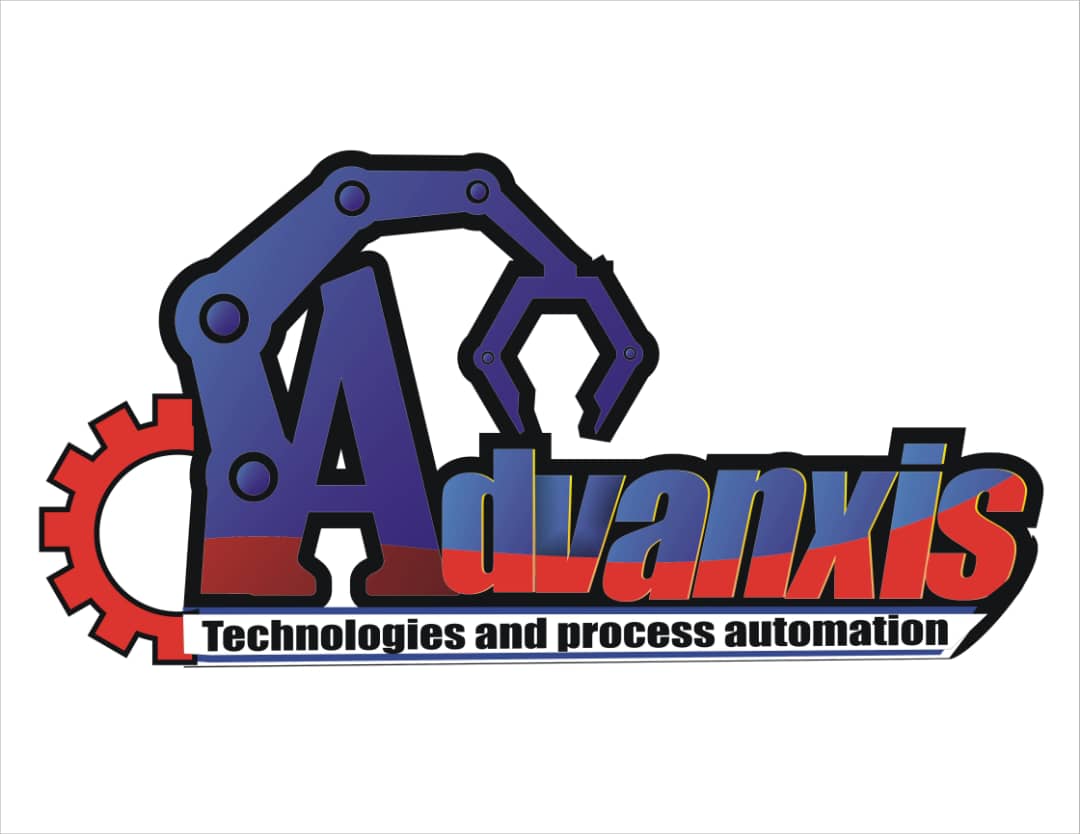LEARNING OBJECTIVES
upon completion of the course, participants will be able to:
- know the basics of technical drawing, characterize a part, a mechanical assembly,
- identify the different mechanical construction materials,
- know the fundamentals of mechanical system design, the main assemblies (bearing assemblies),
- know the main power transmission elements (gears, joints…), wisely use the metrology devices used in workshop,
- describe the mechanical strength, chemical resistance and thermal resistance.
COURSE CONTENT
- TECHNICAL REPRESENTATION OF PARTS & SIMPLE MECHANICAL SYSTEMS
- Technical drawing agreement: 2D and isometric views, projections, section and cut-away views, perspectives, technical vocabulary.
- Dimensioning of parts and mechanical systems, ISO tolerances and main adjustments.
- Dimensional tolerances and clearance.
- Geometric tolerances and surface condition characterization.
- Presentation of the tools in a metrology shop, performances and rules of use.
- Practical exercises:
- Dimensioning and full geometric control of a pump shaft.
- Understanding of a simple machine cut-away view.
- Representation of a machine element in 2D projection and perspectives.
- ELEMENTS OF CONSTRUCTION
- Materials used in the Oil & Gas industry: identification of the metals, alloys, plastics and composites, operating and maintenance rules.
- Expansion and effects on the assemblies.
- Manufacturing process of metallic parts, molding, forging.
- Frequent screwed, bolted, welded and stuck constructions.
- Characterization of threads and bores, petroleum thread pitch.
- Removable power transmission: keys, gears, hinged connections (joint…), cone interface.
- Non-removable power transmission: shrink fitting.
- Bearings: characterization, types, identification, assembly rules.
- Seals of static systems (between flanges) and dynamic systems (mechanical seals on bearing boxes), analysis and selection of the materials.
- Pipe, valves and main line accessories: identification, operation and maintenance rules.
- Practical exercises: selection, identification and assembly of the ball bearings in a simple process pump.
- ELEMENTS OF MAINTENANCE
- Tightening: importance of torque, order, techniques.
- Alignment: understanding the operation, controlling the mating of piping.
- Lubrication: properties and characterization of common oil and greases, lubricating systems.
- Controlling the condition of parts at disassembly: corrosion, defaults, mating, wear, rupture.
- Controlling the clearances at disassembly.
- Practical exercise: mechanical completion of a pump on site (control and implementation).
- ELEMENTS OF REPAIR
- Surface treatments and coatings.
- Overlay welding and reconstitution.
- Machining.
- Casing repair with staples.
- Expertise controlling: dye penetrant testing, metrology, ultrasonic, hardness testing.
- Test and requalification: balancing, test, control of performances.
Course Duration 48hrs/4weeks
click here to register for this course
